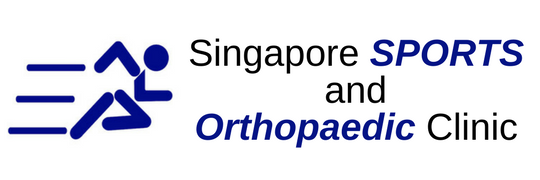Kienböck’s Disease is a medical condition of uncertain etiology. What this means is that the exact cause is unknown. This disease involves the collapse of the lunate bone located is the wrist and is usually unilateral. The blood supply to the lunate will then be hindered and without blood, the bone will die off. This is because blood contains the necessary nutrients and oxygen that the bone cells need to grow, repair and sustain itself. When this supply is cut off, osteonecrosis will occur, leading to painful wrist and the eventual development of arthritis.
Symptoms
Patients who suffer from Kienböck’s Disease have no idea that they have it. This is due to the similarity between it and a normal sprained wrist. There will be pain and swelling will be present at the wrist region. Slowly, the flexibility of the wrist will be reduced and stiffness will start to onset due to the reduced range of motion available. Over time, the strength of the wrist will decrease and it will be difficult to clench the fist together.
Treatment
Despite the advanced medical technological in this era, there is still no complete cure for Kienböck’s Disease. However, there are generally 2 kinds of treatment methods namely the non-surgical ones and the surgical ones. Since there is no cure, the ultimate aim of treatment is simply to relieve the pressure built up on the lunate and allows blood to flow properly.
Non-surgical
Non-surgical treatment is preferred during the initial stages of this disease. Treatment methods include the usage of anti-inflammatory drugs to reduce swelling and pain. Some doctors may also require their patients to use a wrist splint to prevent unwanted movements. In serious cases, a cast may be used instead of a splint. If no noticeable improvements were seen during this period, a progression into a surgical treatment may be on the table.
Surgical
As mentioned above, the main purpose of treatment is to relieve the pressure and reinstate proper blood flow. Revascularisation is a method that is capable of performing that. Revascularisation involves the removal of a bone that has blood vessels attached to it and reattached to the diseased bone. This reattached bone is capable of performing all the tasks that are required. Metal screws may be used to fasten the bone properly while it attaches itself over time.
Each patient will respond differently to the types of treatment administered. Some patients may feel better after a non-surgical treatment while others may require surgical intervention to allow them to get the relief they need.








